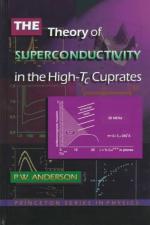|
This section contains 123 words (approx. 1 page at 300 words per page) |
In 1911, Dutch physicist Heike Kamerlingh-Onnes discovered that some materials, when cooled to very low temperatures—within a few degrees of absolute zero—become superconductive, losing all resistance to the flow of electric current. Potentially, that discovery had enormous practical significance because a large fraction of the electrical energy that flows through any appliance is wasted in overcoming resistance. Kamerlingh-Onnes's discovery remained a laboratory curiosity for over 70 years, however, because the low temperatures needed to produce superconductivity are difficult to achieve. Then, in 1985, scientists discovered a new class of compounds that become superconductive at much higher temperatures (about -74°F [-170°C]). The use of such materials in the manufacture of electrical equipment promises to greatly increase the efficiency of such equipment.
|
This section contains 123 words (approx. 1 page at 300 words per page) |


